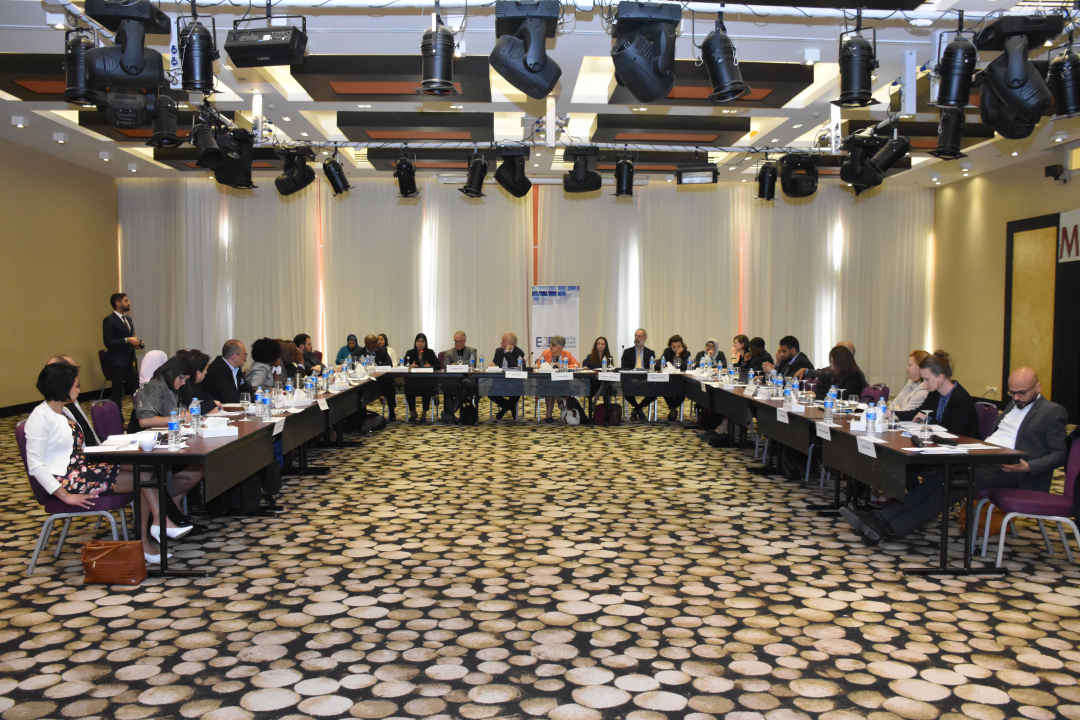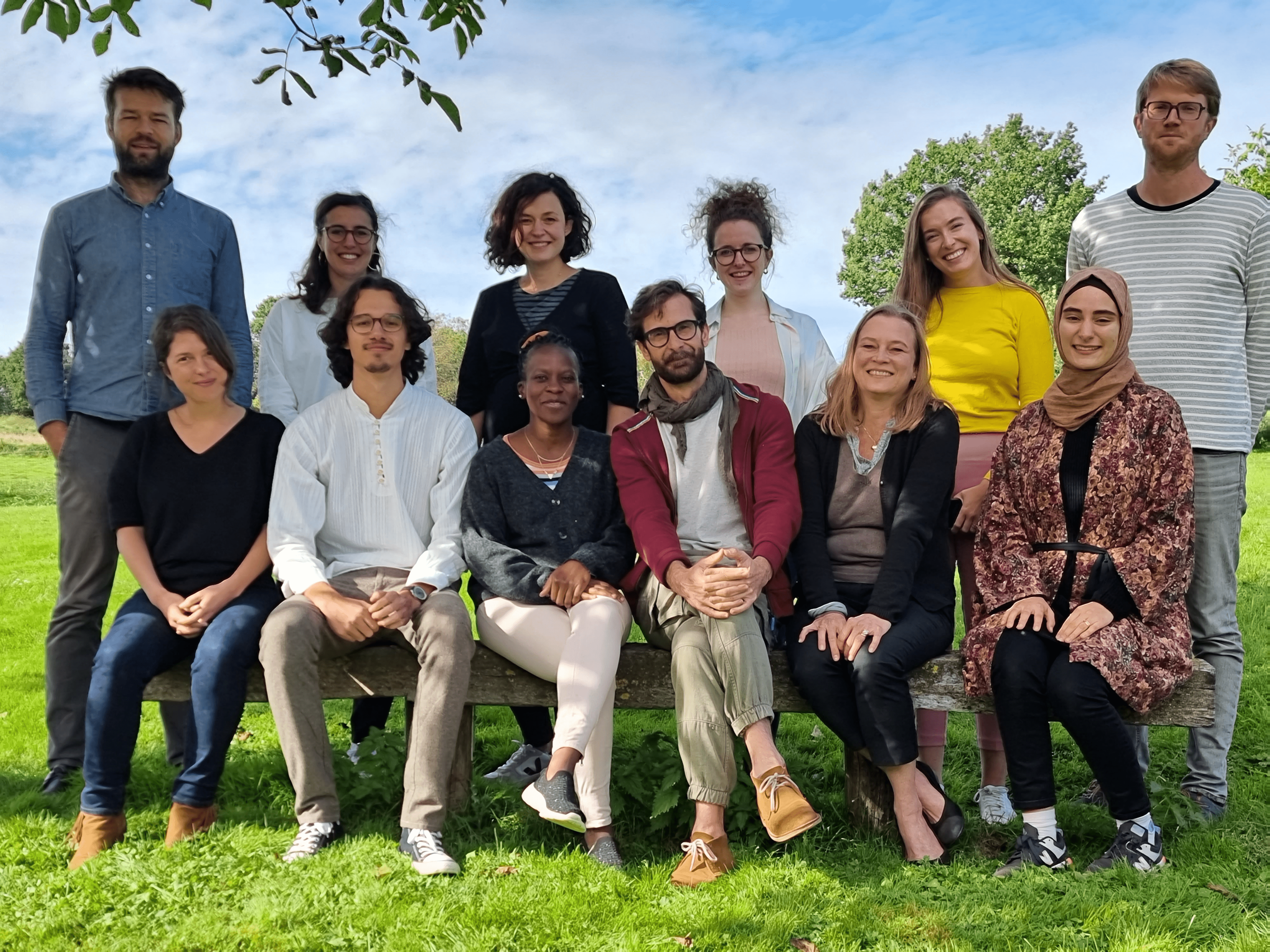What is the role of civil society in tackling corruption?
Corruption is a complex phenomenon costing an estimated 5% of global GDP, according to the World Economic Forum. Corruption disproportionately affects the vulnerable and disadvantaged, whether it is through paying bribes to access public services, or bearing the social and material costs of cronyism, for instance. In addition to the material impacts, corruption erodes the public’s trust in government, businesses and sometimes the third sector.
There are, however, ways to tackle and reduce corruption. First and foremost, it is important to acknowledge that corruption does not occur in a vacuum, and that cultural norms and legal impunity allow it to thrive. We must then recognise that no one actor can act in isolation to combat the problem. Corruption is not the fault of one particular institution; rather, responsibility lies with a range of actors seeking to use a system to their personal benefit, to maximise influence or to keep pace with others. To this end, developing coalitions amongst different actors, and encouraging them to foster common solutions is indispensable. Collective action (CA), therefore, is a viable approach to curbing corruption which enables groups and organisations, from the public sector to businesses and civil society, to collaborate on a common initiative or project to tackle corrupt behaviours and norms. CA initiatives assemble a diverse group of actors with relevant thematic, sectoral or methodological expertise to initiate new structures and ways of working, provide support and set standards, as well as conduct monitoring activities.
ODS has collected evidence and developed an assessment of the CA landscape from which CSOs can learn for their own projects. In cooperation with Transparency International, ODS developed a Collective Action Against Corruption Practitioners’ Guide, in which we examined the role that civil society organisations (CSOs) can play in contributing to CA initiatives. The Practitioners’ Guide provides civil society with advice on how to manage the process. In addition, in February 2018, ODS contributed to a CA clinic in Aswan, Egypt, organised by the Integrity Network Initiative, in which initiatives presented and discussed challenges, lessons learned and the future of CA. Based on these conversations with civil society, and business coalitions, we outline four key lessons for CSOs.
Firstly, there is a lack of trust amongst different actors on the topic of business integrity. Many are skeptical of other actors’ intentions, wary of being the “first mover” or of publicly committing to an initiative and its requirements for integruous behaviour. As such, CSOs and other CA initiators must spend time on developing a rapport and building trust between the public and private sectors. This can be a difficult and lengthy process, particularly where each party places blame on others for perpetuating the corruption problem.
Secondly, a lack of both material and human resources can hinder the implementation of projects designed to prevent and weed out corruption, specifically short term grants from donors, and an adequate number of staff with the correct skills for the activity. CSOs and CA initiatives should therefore rely on their networks to find donors, try to secure funding from one source throughout the initiative’s lifetime, and consider an exit and sustainability plan for when funding ceases.
Thirdly, monitoring and evaluation is crucial to any project, particularly one with limited resources. As CA initiatives are implemented, it is good practice to record and share important information, not just on impact, but also on its process and the conditions which facilitated or hindered its implementation. While there is no one-size-fits-all approach to a CA initiative, given that each initiative and sector is subject to many variables (e.g. geographical and social context, industry, expertise, etc.), monitoring and evaluation can highlight specific lessons for other CSOs and CA initiatives to help them in their decision-making. Making use of and contributing to a CA information repository, as the Basel Institute of Governance has done, can further boost learning.
Finally, finding the right partners is crucial - as is maintaining a support network. Therefore it is important to conduct due diligence through stakeholder mapping and iterative conversations with partners and potential partners, clearly define what each actor brings to the table, and manage their expectations.
There are many factors to consider when conducting a CA initiative, and collaboration is key to overcoming challenges, maximising the benefit of opportunities and mitigating risk. Facilitating opportunities for discussion and the exchange of ideas contributes to constructing better understanding of the corruption problem and what works in terms of solutions to ensure business integrity. As such, the key message for CSOs is to build a community to share and leverage information, and bridge any divides between private and public actors, and CSOs.


